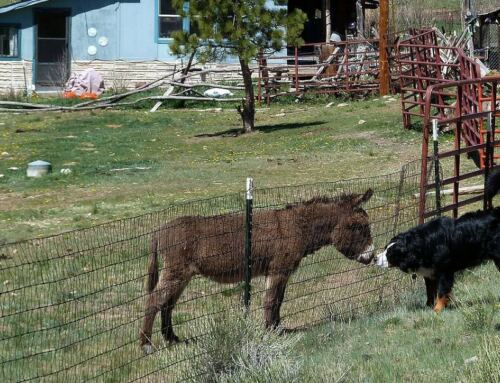 In my world the reality is that those of us living with a dog with fear-based behavior challenges must be better than average pet owners. I say this meaning no offense to average pet owners. Anyone who chooses to live with an animal is ahead of the curve in my book. Most however do not add a dog to their lives in order to have to become a competent dog trainer. And the majority of dogs don’t need them to be. But many of us are living with Mike Tyson and trying to turn him into a ballet dancer.
In my world the reality is that those of us living with a dog with fear-based behavior challenges must be better than average pet owners. I say this meaning no offense to average pet owners. Anyone who chooses to live with an animal is ahead of the curve in my book. Most however do not add a dog to their lives in order to have to become a competent dog trainer. And the majority of dogs don’t need them to be. But many of us are living with Mike Tyson and trying to turn him into a ballet dancer.
Dogs from puppy mills, hoarding situations or who have been isolated or abused will require more than simply time and love. Anyone who makes the statement implying that to be the case has identified themselves as either a novice or sadly misinformed about dogs and behavior. That someone was successful with a dog by providing only time and love is little solace to the owner living with a dog who can’t leave their crate, walk through doorways, or be in the same room with their spouse. And it’s little use to a dog who needs skilled handling. Anyone re-homing, selling or adopting out dogs with fear-based challenges who suggests that all that is needed is time and love should get out of the business, there is no excuse for it.
On a daily basis I receive email and Facebook messages asking for “tips” or suggestions regarding how to help a foster dog or a newly adopted dog who is displaying any number of behaviors due to fearfulness and inexperience. I want to help but know that what is needed goes beyond well-meaning advice. The solution they are after doesn’t exist. There is no answer to “what should I do?” when the question should be “what does the dog need?” and that may not be a short list.
If you have chosen to keep a dog and work to help them have a life that isn’t plagued by anxiety, vigilance and fear, you can be better than average. If you have decided that you are not prepared or have the desire to devote the time, energy and expense required to effectively and humanely work with a dog, plan your next move wisely and compassionately. Fearful dogs are a vulnerable population. They are often subjected to abuse in the name of training or rehabilitation. Every move is stressful and scary and their behavior may degrade. Their suffering does not end just because we can’t see it anymore. It’s not easy to be better than average when it means making tough decisions for dogs we care about and are responsible for.





